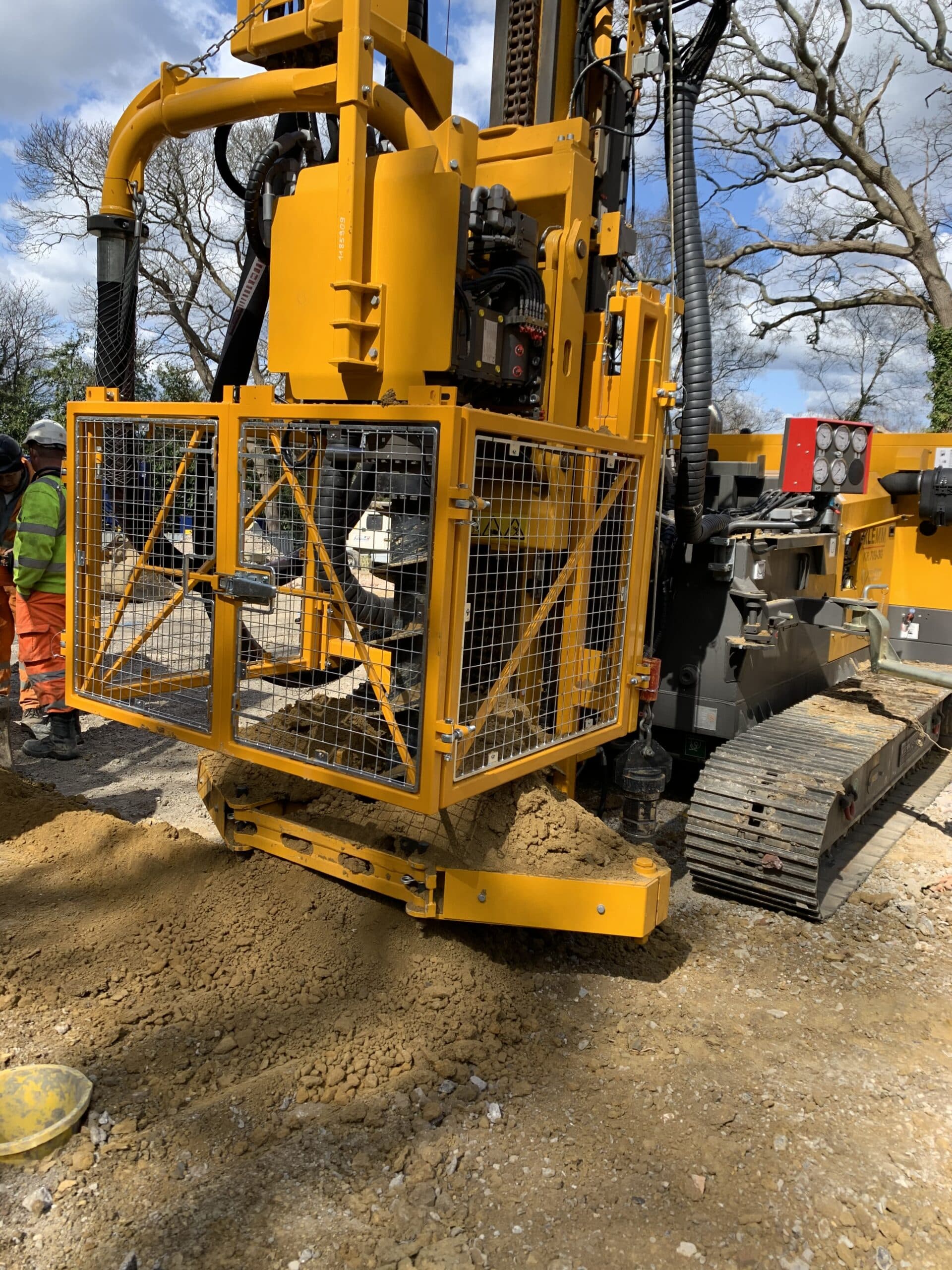
16 Jan Top 5 Construction Trends for 2023
The past few years have been challenging for the construction industry. Many projects had to be halted during the worst period of lockdown, and just as we were returning to normal, the construction sector (along with the rest of the country) was hit by galloping price rises.
Nevertheless, our industry has always been founded on finding solutions to problems, and several trends are emerging to make construction more efficient and more effective in 2023 and beyond. Here are the top five.
1. Hybrid Working
Hybrid working has been widely embraced since the pandemic, but there are sectors where it isn’t appropriate, and you might be forgiven for assuming that construction is one of them. However, there’s more to the construction industry than what happens on the building site, and some of this can be done remotely.
For example, much of the project planning and management process can be carried out off-site. Project managers can keep in touch with their construction teams through video conferencing, reducing both time wastage and travel costs — savings that can be passed on to the customer.
2. The Switch to Electricity
Traditionally, construction equipment has often tended to be diesel-powered, which is bad news given last year’s massive rises in the price of diesel. Fortunately, the solution is already largely available. Electrically powered alternatives have been emerging in recent years, and this trend is likely to increase.
Even if diesel prices come down, this will still represent an economy that can benefit the customer, as well as in many cases be more efficient. And, of course, using a lithium-ion battery instead of fossil fuel will make the project significantly more sustainable.
3. Energy Efficiency Through Dynamically Responsive Buildings
The demand for energy efficiency isn’t a new thing, but new methods make it possible to design buildings that respond dynamically to energy needs. The traditional assumption is that a building is always 100% occupied, leading to energy being wasted in heating unoccupied areas.
Dynamically responsive buildings can use sophisticated algorithms to direct energy only to occupied areas. This makes it possible for energy efficiency to be compatible with the well-being of occupants.
4. Energy Resilience
Besides reducing energy consumption, there’s a growing need to increase energy resilience, to counter the threat of power outages. This is becoming more essential as extreme weather becomes more common, whether that’s heatwaves, extreme cold or severe storms.
This is especially an issue for large-scale developments, affecting whole towns or significant parts of them. However, the same needs are likely to increase the demand for self-sustainable buildings, where energy can be generated, at least in emergencies, by solar or wind power.
5. Using Recycled Materials
One of the major issues to hit the construction sector in 2022 was the sharp rise in building materials. Combined with the sector’s traditionally poor reputation in terms of carbon footprint, this has made the use of recycled materials more attractive.
Needless to say, it’s vital to ensure that these are still of the highest standard. However, using high-quality recycled materials can slash both costs and carbon footprint for customers and contractors.
Give us a call if you want to know more about how these top five construction trends could affect your building job.




